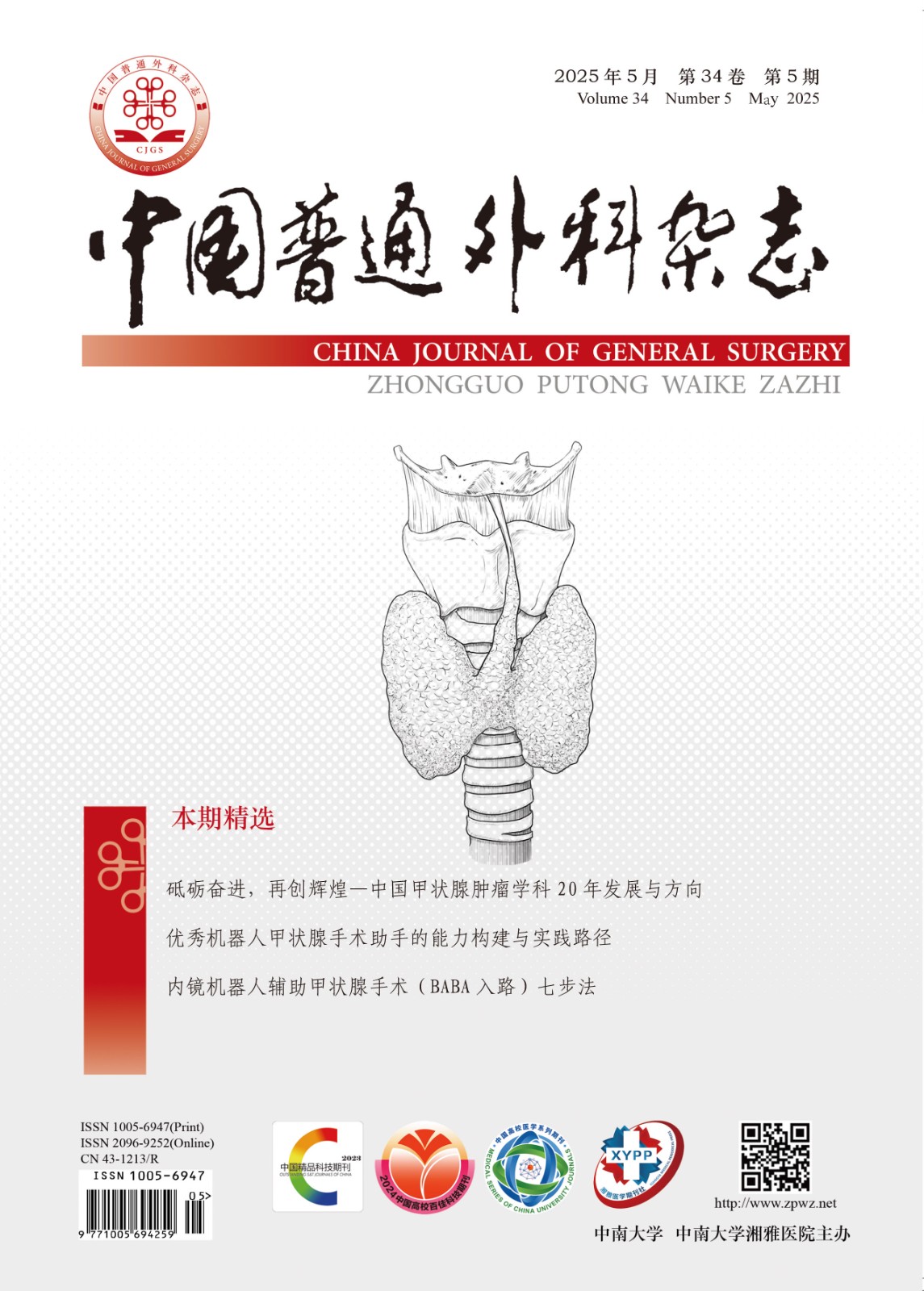Abstract:Background and Aims Currently, the treatment of hepatocellular carcinoma (HCC) faces significant challenges due to recurrence and metastasis, with tumor immune evasion being one of the key mechanisms underlying these issues. Signal transducer and activator of transcription 3 (STAT3), an important transcription factor, is overactivated in many malignancies and is involved in both tumorigenesis and progression, closely associated with immune evasion. Programmed cell death ligand 1 (PD-L1), a key immune checkpoint, helps tumor cells evade immune surveillance when its expression is upregulated, thereby suppressing anti-tumor immunity. Studies have shown that STAT3 may activate the MYC signaling pathway through interaction with DNA-activated protein kinase (PRKDC), thereby promoting PD-L1 expression and inducing immune evasion. However, the specific mechanism of the STAT3/PRKDC/MYC axis in HCC remains unclear. This study aims to elucidate the molecular mechanism by which STAT3 regulates PD-L1 expression through the PRKDC/MYC signaling pathway, potentially inducing immune evasion in HCC, with the goal of providing potential targets for HCC immunotherapy.Methods The expressions of STAT3 in human normal liver cells (HL-7702) and human HCC cells (HuH-7, HepG2) were detected by qRT-PCR and Western blot. Plasmids with STAT3 knockdown (si-STAT3) and PRKDC overexpression (oe-PRKDC), along with their respective negative controls (si-NC, oe-NC), were constructed and transfected into HCC cells (HuH-7) according to the experimental design, with untreated HuH-7 cells as the blank control. Western blot was used to analyze the expression of STAT3, PRKDC, PD-L1, and MYC pathway-related proteins. Cell proliferation, invasion, migration, and apoptosis of HCC cells were assessed by CCK-8, Transwell, wound healing assay, and flow cytometry. After co-culturing HuH-7 cells with human peripheral blood mononuclear cells (hPBMCs), ELISA was used to detect the secretion of the immune regulatory factor interferon γ (IFN-γ). Co-immunoprecipitation and immunofluorescence co-localization were performed to verify the interaction between STAT3 and PRKDC proteins.Results Results of qRT-PCR and Western blot showed that the mRNA and protein levels of STAT3 were significantly elevated in HCC cells (both P<0.05). Functional experiments demonstrated that in the si-STAT3 group, HCC cell proliferation, migration, and invasion were significantly weakened, and cell apoptosis was notably increased; the expression of PD-L1 and MYC pathway-related proteins was significantly downregulated; the secretion of IFN-γ was significantly increased after co-culturing with hPBMCs (all P<0.05). After co-culturing with oe-PRKDC plasmids, the effects of STAT3 knockdown on HCC cells were significantly reversed (all P<0.05). Scansite 4.0 database analysis revealed that STAT3 and PRKDC have binding sites, and co-immunoprecipitation and immunofluorescence co-localization experiments confirmed the interaction between STAT3 and PRKDC proteins.Conclusion STAT3 is highly expressed in HCC cells and can promote HCC cell proliferation, migration, invasion, and immune evasion through interaction with PRKDC, suppress cell apoptosis, activate the MYC pathway, and increase PD-L1 expression. The STAT3/PRKDC/MYC axis may serve as a potential target for HCC immunotherapy.

































